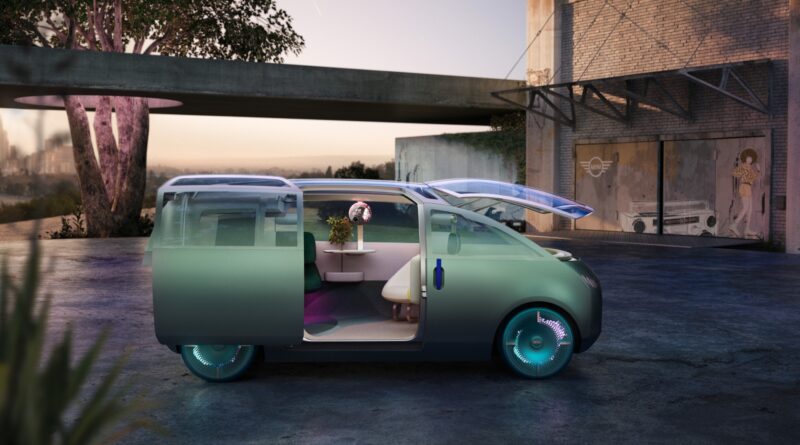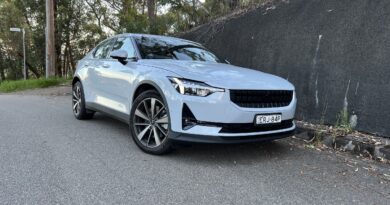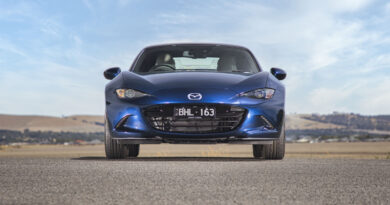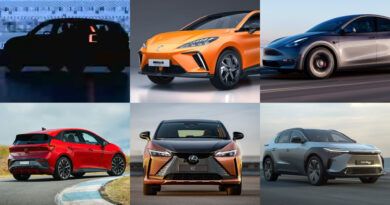Mini’s virtual EV vision
Don’t get too worked up if you think the Mini Vision Urbanaut is ridiculous and revolting, or fabulous and futuristic… it doesn’t exist. What you’re looking at here is the concept car coronavirus killed.
When Covid-19 restriction-related difficulties made actually constructing the four-seat Urbanaut impossible, Mini decided to go ahead with purely virtual development of the design. This “vision of future electric mobility” is nothing more than some fairly hefty files on a hard drive somewhere.
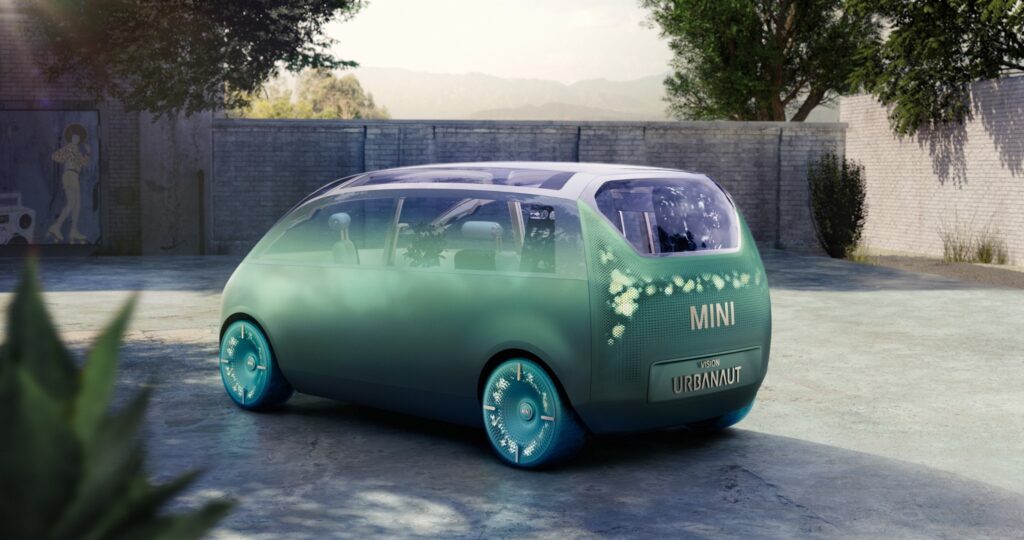
The Vision Urbanaut is the third of BMW Group’s vehicles to appear in its series of digital #NEXTGen2020 introductions. The production-ready BMW iX EV and near-production CE 04 electric motor scooter from BMW Motorrad were revealed last week.
The Urbanaut is as much a small house extension as a car, according to Mini design chief Oliver Heilmer. “We wanted to design a space rather than a vehicle,” he said during the overnight online reveal of the concept.
Heilmer’s team constructed a rough, full-size mock-up of the interior to test their ideas for the interior layout.
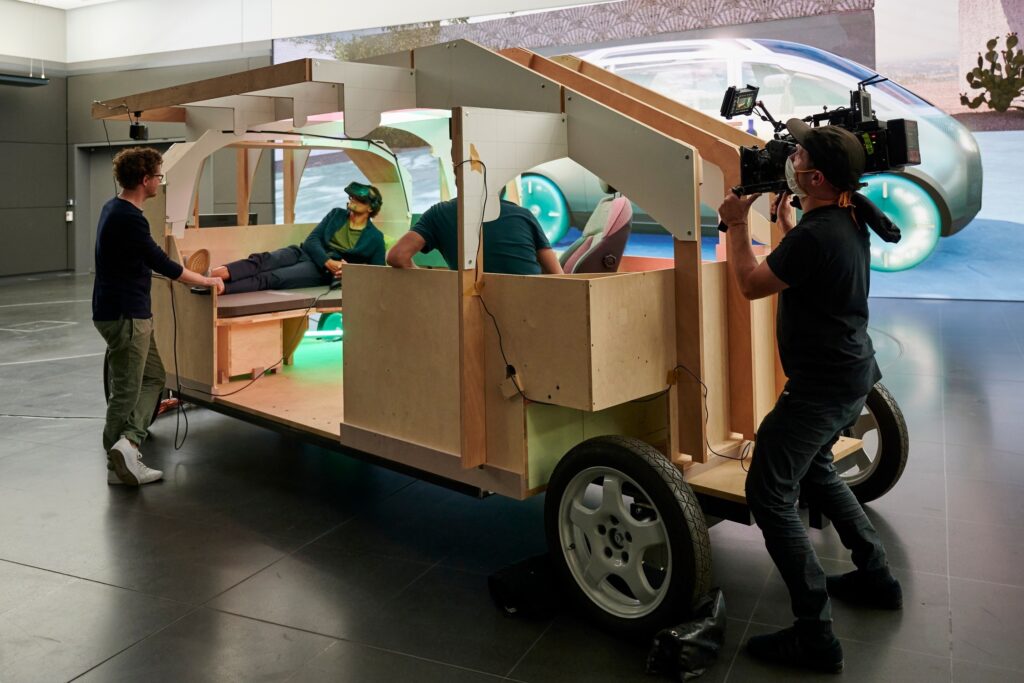
The interior features a corner sofa at the rear, swivelling front seats and a handy little table in the middle. Its fabric-covered instrument panel doubles as a daybed, complete with a thin zip-up blanket on top.
“Technology is nearly invisible in the interior,” said Heilmer. “No switches, no buttons.” These, and the Urbanaut’s displays, are all concealed behind the mesh fabrics that trim most surfaces inside the Mini.

A single sliding door is the only way into and out of the Urbanaut, which is designed to maximise the usable space inside its 4460mm-long body. This inevitably leads to a boxy exterior look, though Mini’s designers have chamfered the corners a little and slanted the windscreen enough to make it clear which end is the front. The windscreen opens, swinging upwards to create what Heilmer describes as a street-level balcony effect.
Heilmer’s presentation was long on hard-to-digest designer-speak. Here’s an example: “We designed it with a holistic approach, perfectioning the interplay between form, materials, illumination moods, and even sound.”
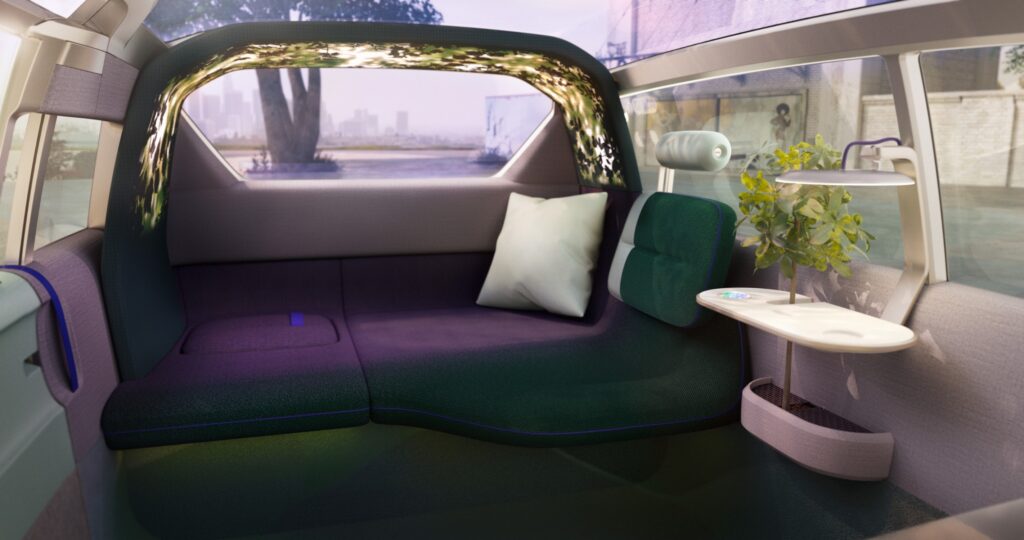
Technical details, on the other hand, were skimpy. “Purely electric drive system,” is all that Mini said about what makes the Urbanaut move.
What is absolutely clear is that Mini will never built anything like the Urbanaut. Never ever. Too many details of the concept are simply unacceptable, either to customers or lawmakers, or both. The lack of seatbelts is an obvious one, and that single door is, well, a little impractical.
But maybe, just possibly, the Urbanaut signals that Mini is considering adding a boxy but comfy EV to its line-up sometime in the future…

